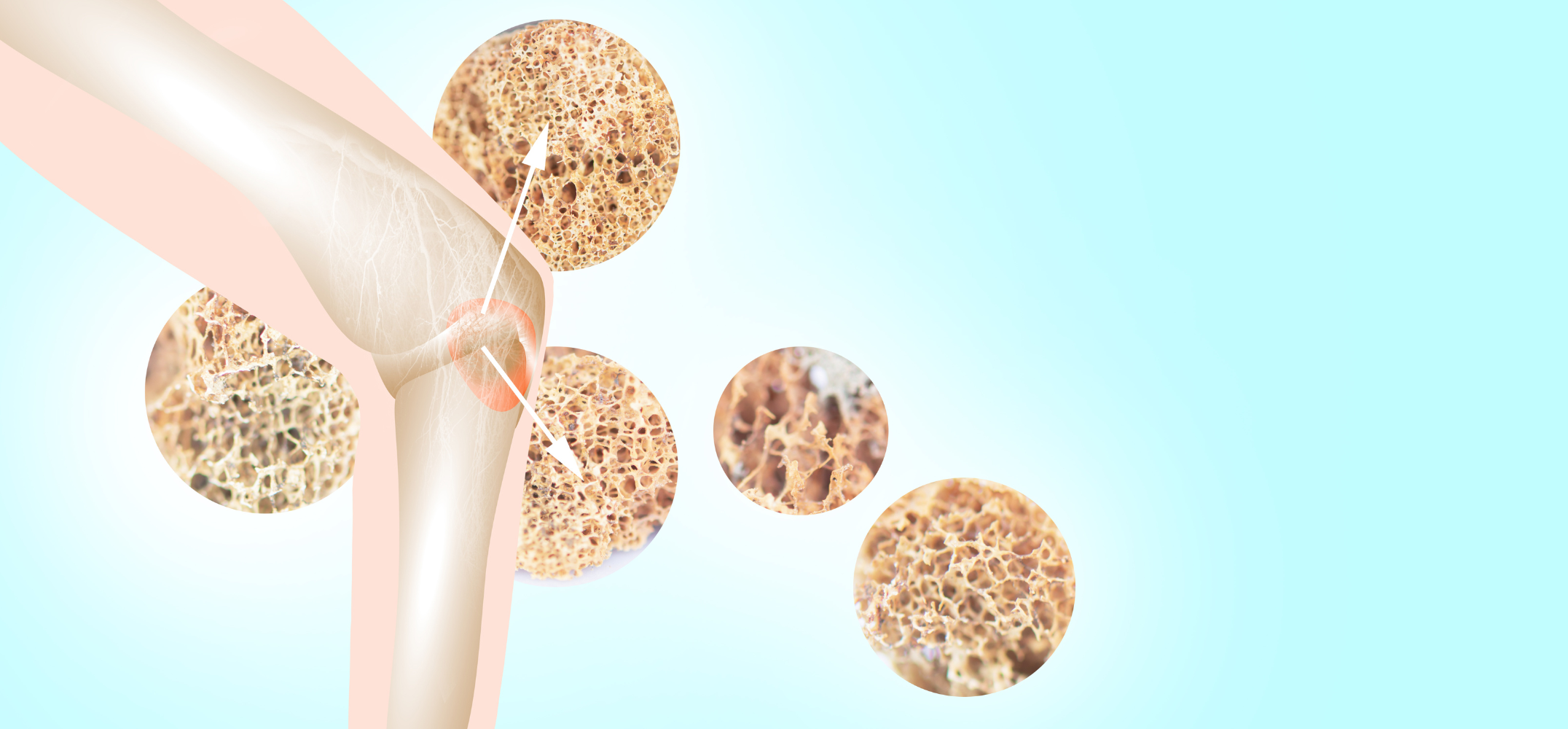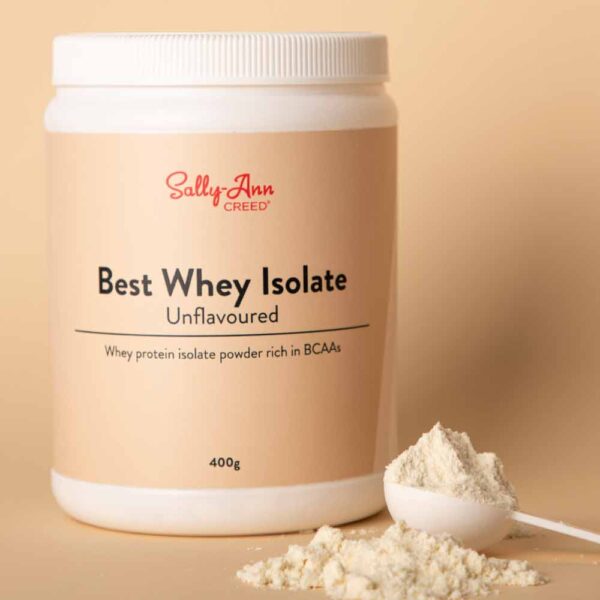DEM BONES
If you think calcium is all you need for your bones, you’d be dead wrong. Without Vitamins D3 and K2, vitamin C and Pure Hydrolysed Collagen. You will not build healthy bone after about 25 years of age. Collagen makes up 90% of organic bone mass in fact not calcium! These three components are critical to healthy bone – Collagen, vitamin C, vitamin D3 and vitamin K2. Calcium gets all the ‘glory’ for bone strength but it’s only one of many elements in bone. In fact it’s actually something that can do great harm to the body. That is if it goes to the wrong place.
Vitamin D3 and collagen are intricately involved in the health of your bones, and with vitamin K2, the calcium in food will be transported to bones instead of arteries where it doesn’t belong. Calcium embeds itself within the collagen matrix to provide strength and stiffness to bone.
Recent studies show it’s not loss of calcium but rather collagen together with a low vitamin C status which leads to low bone density. This hence leads to an increases fracture risk. With enough Vitamin C, K2 & D3 – calcium can work hand in hand with collagen to make bones flexible not brittle, and thus so much stronger. Think of a green branch – how much stronger it is than a dead, dry branch? Brittle bones is another term for osteoporosis, and this leads to fractures – you want ‘flexible’ but strong bones. Dr Tom Levy also shows how osteoporosis is in fact scurvy of the bones – but that’s another thing – suffice to say Vitamin C in bone healthy is pivotal.
Any damage to the collagen network in our bones can lead to up to a 50% loss in bone strength. As well as 30% loss in elasticity or flexibility. Bone mass peaks at the age of 20 years old. Keeping it there is the secret to never getting osteoporosis or osteopenia.
You can simply click on the name of each product mentioned above (in bold) and a hyperlink will take you directly to the product for an easy purchase.
Originally published on https://www.facebook.com/SallyAnnCreedSA/ in 2020.







